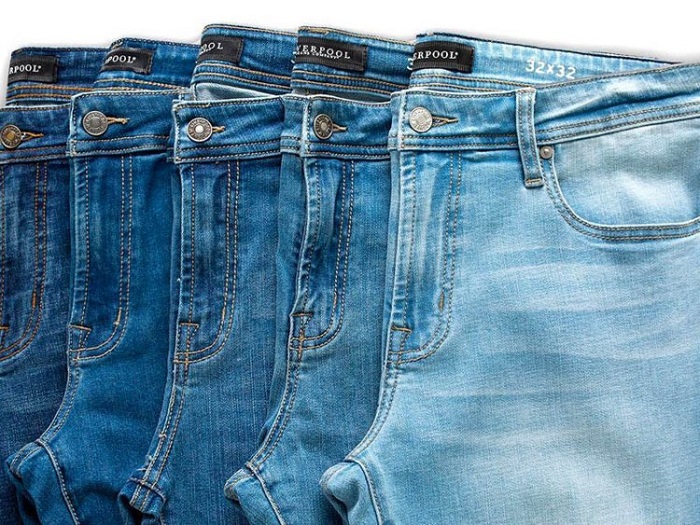
Denim Jeans Pants in Bangladesh
Bangladesh is one of the leading Denim Jeans pants producers around the world. After fulfilling domestic demands Bangladesh now becomes the top destination for denim pants production for buyers around the world. Actually, denim pants are not traditionally worn in here. With times after the independence of Bangladesh, this trend introduces here. Due to the longevity of denim fabric men, women, and kids love to wear them very frequently. And they are also wearable for all-season around the year. Here we are going to explore denim pant history, definition, cut and fit, trend below:
History of Jeans Pants Making:
Jeans are named after the city of Genoa in Italy, a place where cotton corduroy, called either jean or jeane, was manufactured. Levi Strauss came from Germany to New York in 1851 to join his older brother who had a dry goods store. One day, his customer ordered a pair of sturdy pants that could withstand hard work. He made them from denim that he bought from Levi Strauss & Co and made them stronger by placing copper rivets at the places pants rip the most: pockets and flies. When he wanted to patent them, he wrote to Levi Strauss, and they became partners. They opened a bigger factory, and that is how jeans were born.
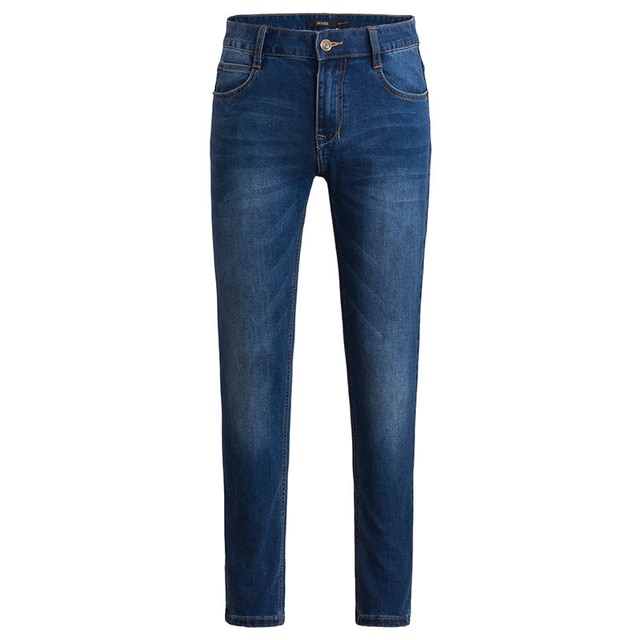
Skinny Indigo Blue Color Denim Jeans Pant For Men in Bangladesh
That was cotton twill textile, in which the weft passes under two or more warp threads. Warp threads were dyed in indigo while weft threads remained white that gave to denim blue color on the one side and white on the other. Denim is highly durable, and that is why he was used by people that needed clothes that would last long. That is also why it was used by Levi Strauss and Jacob W. Davis for material for jeans pants. Jeans are pants made from denim or dungaree cloth. They were invented by Jacob Davis and Levi Strauss in 1873 and a worn still but in a different context.
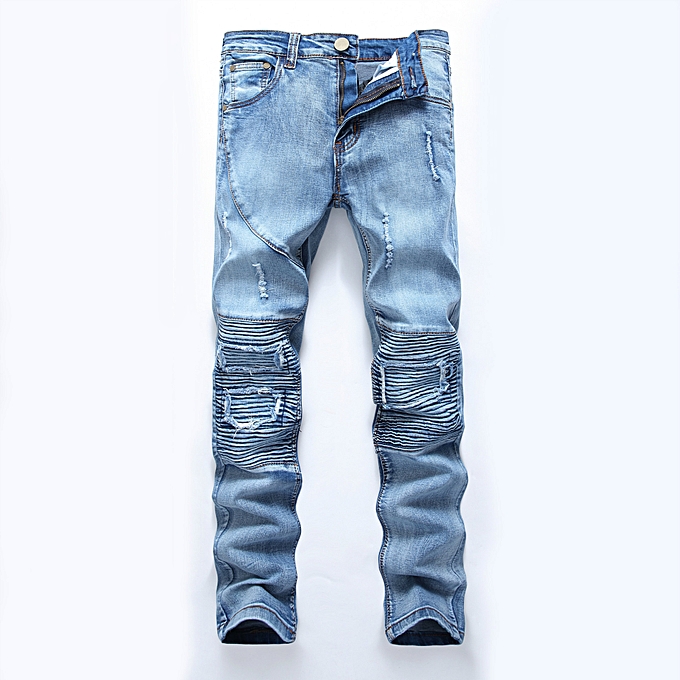
Dual Tone Quilted Denim Jeans Pant for Men
Jeans Color History:
Indigo dye is a color used for coloring the denim. It is an organic dye with a distinctive blue color. It was manufactured and used in India, from where it got its name, since the ancient times. From India, Indigo is imported to Egypt, Greece, and Rome. Other ancient civilizations, such are China, Japan, Mesopotamia, Egypt, Britain, Mesoamerica, Peru, Iran, and Africa also used indigo for dyeing. Indigo in India was made from plant Indigofera tinctoria. It was used on cotton because it was the easiest method of coloring.
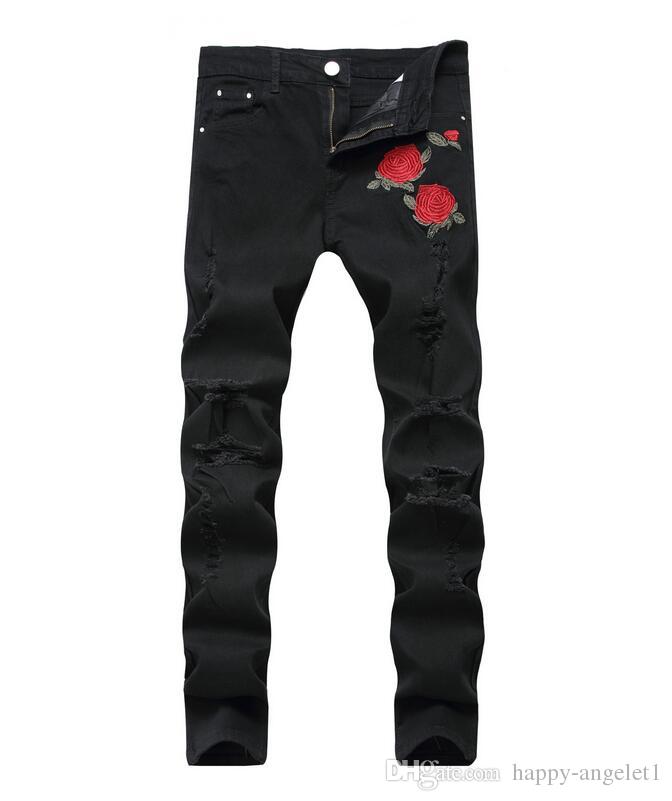
Stylish black-ripped-jeans-men-flowers-rose-embroidered-denim-pant for men
The only problem was: color didn’t last long. Indigo was a rare luxury in Europe in the Middle Ages because of the high duties imposed by Persian, Levantine, and Greek middlemen. With discovering a sea route to India that problem was solved and indigo plants are moving to colonies. Organic Indigo is used until the discovery of the synthetic indigo in the late 19th century. It becomes cheaper variant and replaces it.
What Is Denim Actually?
Denim, as most people know, is a textile. Made from a sturdy cotton warp-faced twill, it is made by passing the weft under two or more warp threads which produce a diagonal weave of ribbing that gives it it’s appearance. With denim, only the warp threads are dyed which leaves the weft thread white. Due to the method of weaving, this is what causes denim to be blue on the outside of the trouser whereas the lining of the pant generally remains white. The process is referred to as the ‘Indigo Dyeing Process’ and is the core contributor to the fading capabilities that distinguish denim from other textiles.
Material
You’d think that denim is denim, but that’s no longer true anymore. In fact, the denim that our fathers and grandfathers wore is wholly different from what is in the stores now. In fact, denim doesn’t have an industry definition anymore, because so many variations on the fabric have rendered the once traditional all-cotton definition irrelevant. The weight, finishing, and composition of the denim can vary widely between brands and price ranges, so look closely at each pair to find what you want. Here are some things to look out for:
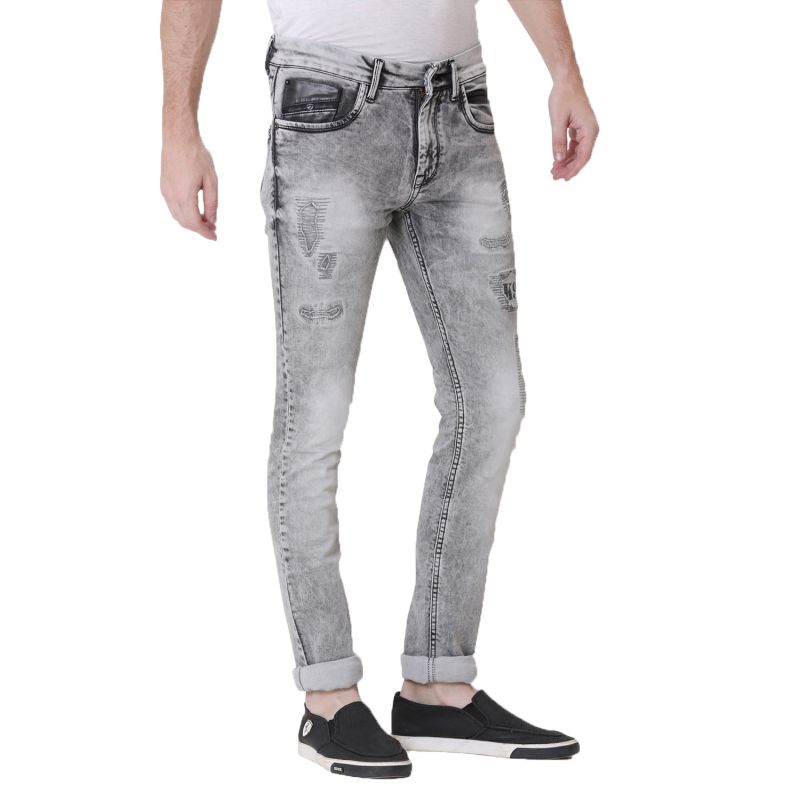
Black-and-Grey-Slim-Fit-Light-Fade-Denim-Jeans-For-Men
Denim blends:
To enhance comfort (and reduce costs) many denim manufacturers have begun adding a small amount of synthetic material to their denim to create a denim blend. These blends, such as 2% elastane/98% cotton, add a bit of stretch to the denim. Denim worn close to the skin, such as anything tight-fitting or skinny, may be more comfortable in a denim blend than 100% cotton. Unlike some pure cotton that will loosen up a bit with wear, a stretchy blend will help the denim bounce back a bit. Denim blends are also less hardy than thick, 100% cotton denim, so if you’re looking for a pair to keep for years, consider avoiding a blend.

Black Color Denim Pant for Men
Raw Denim:
Raw denim has not gone through a pre-wash process. Pre-washing is used by manufacturers to soften the denim, reduce shrinkage, and help prevent the dye from rubbing off. Without this step, breaking in raw denim is up to the wearer and requires more commitment.

Selvedge Denim:
“Selvedge” or self-edge refers to a finishing technique in which the edge of the denim fabric is woven to prevent unraveling, which helps increase the longevity of the material. This type of denim is woven on old looms, and therefore not many places in the world can still produce selvage denim. Japanese denim is often selvage woven on traditional looms.
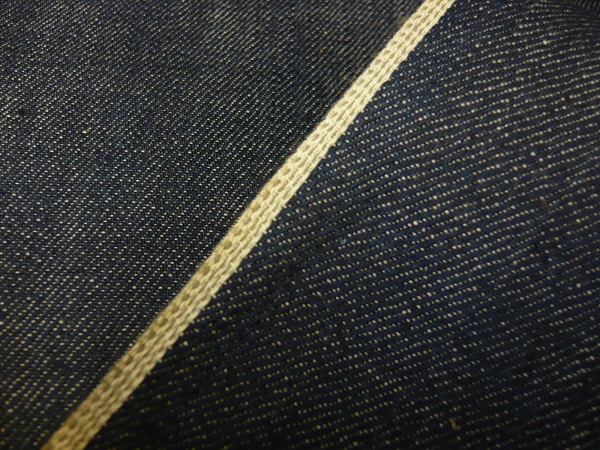
Black Color Selvage Denim Fabric
Denim Weight:
Most denim available comes in three standard weight ranges. Under 12oz which is lighter denim, 12-16oz which is considered medium weight and over 16oz which is the heaviest denim and requires the longest amount of time to break-in. However, like many other fabrics, it is getting increasingly difficult to find original heavyweight denim; often brands will list 14oz denim as heavyweight these days due to a shift in preferences (and cost savings) for lighter materials.
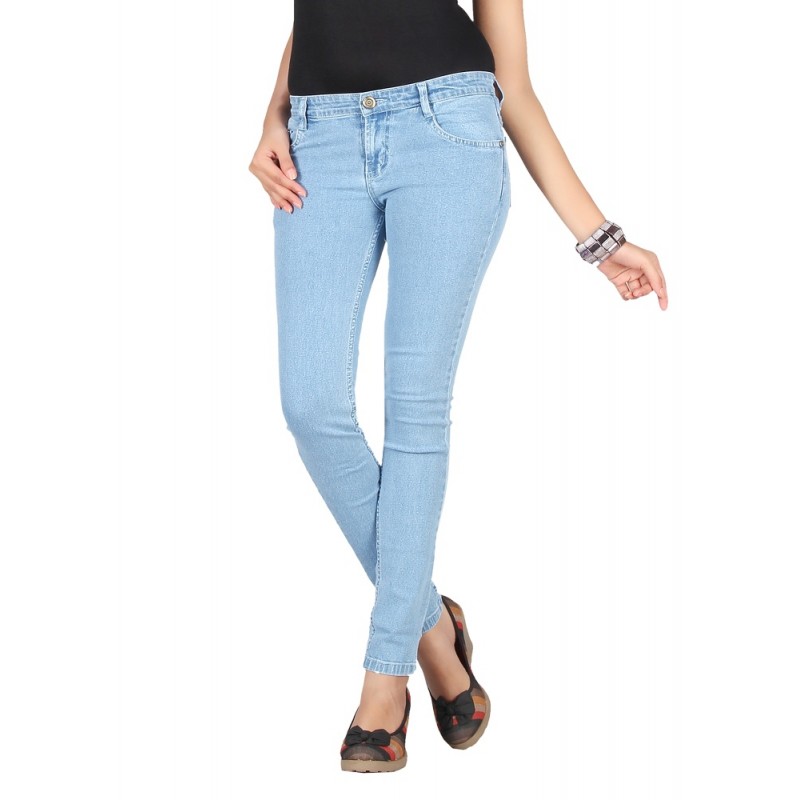
Shinny Light Blue Color Ladies Denim Pant
Cut & Fit
The cut, or shape, of your jeans, is one of the most visible characteristics of your denim. It’s also very trend-driven – think high-waisted bell-bottoms in the ’70s and baggy wide-leg jeans in the ’90s. The key to finding a good cut is to balance the style you are comfortable with, the best fit for your frame, and the current trends. For example, if you have a thin frame and like the look of skinny jeans, then a super-slim pair will suit you. In the case of GG editor Sven Raphael Schneider, he has thick thighs and prefers classic, dressy denim. For him, a straight-leg dark wash style is better for his needs.
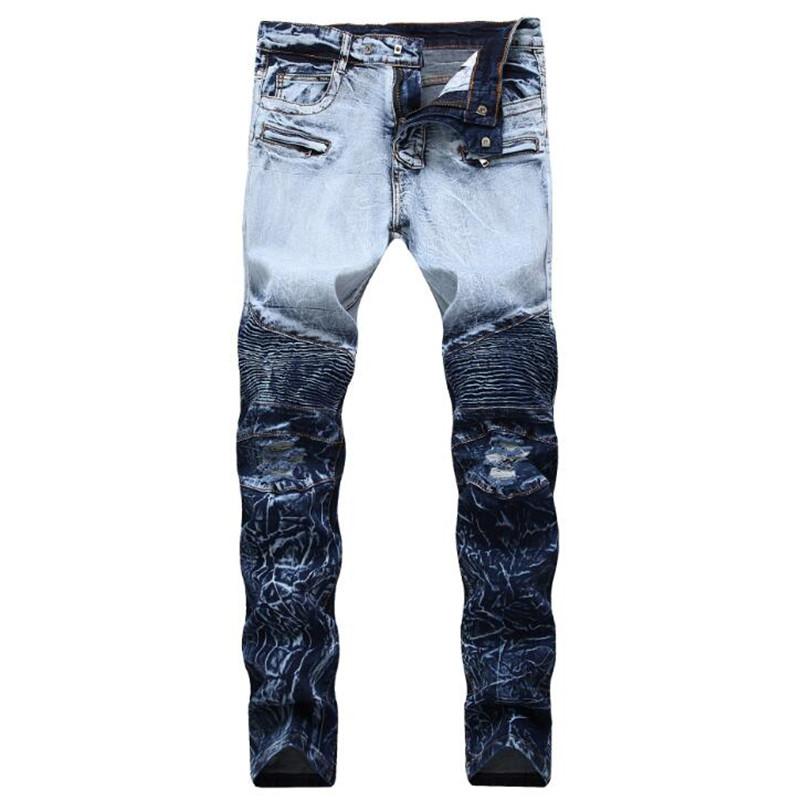
Black and Whitish Blue Color tapped Shape Pant for Men
The waist position of your denim refers to the rise, or where the waistband sits around the midsection. Low rise jeans will sit lower on the abdomen, and so on. Most jeans these days are made with a mid-rise since high-rise jeans are a 70’s trend and low-rise jeans are both harder to find and to wear. A mid-rise jean falls at the natural waistline, and it offers the most flattering fit across a range of body types. As a result, we will focus on mid-rise jeans in this guide.
Categories of Jeans Pant Cuts:
Aside from color, the cut of the leg is often used to describe jeans in product descriptions, as in “dark wash straight leg jeans”. There are a few main categories of cuts, and when you exclude the wide and flared varieties that are no longer en vogue, they include:
Skinny: The skinny jeans are pretty self-explanatory; they fit close to the leg from top to bottom and they often feature an ankle-length hem. This style is great for men who want to wear the most now-looking denim or for men with medium to slim legs who like the look.
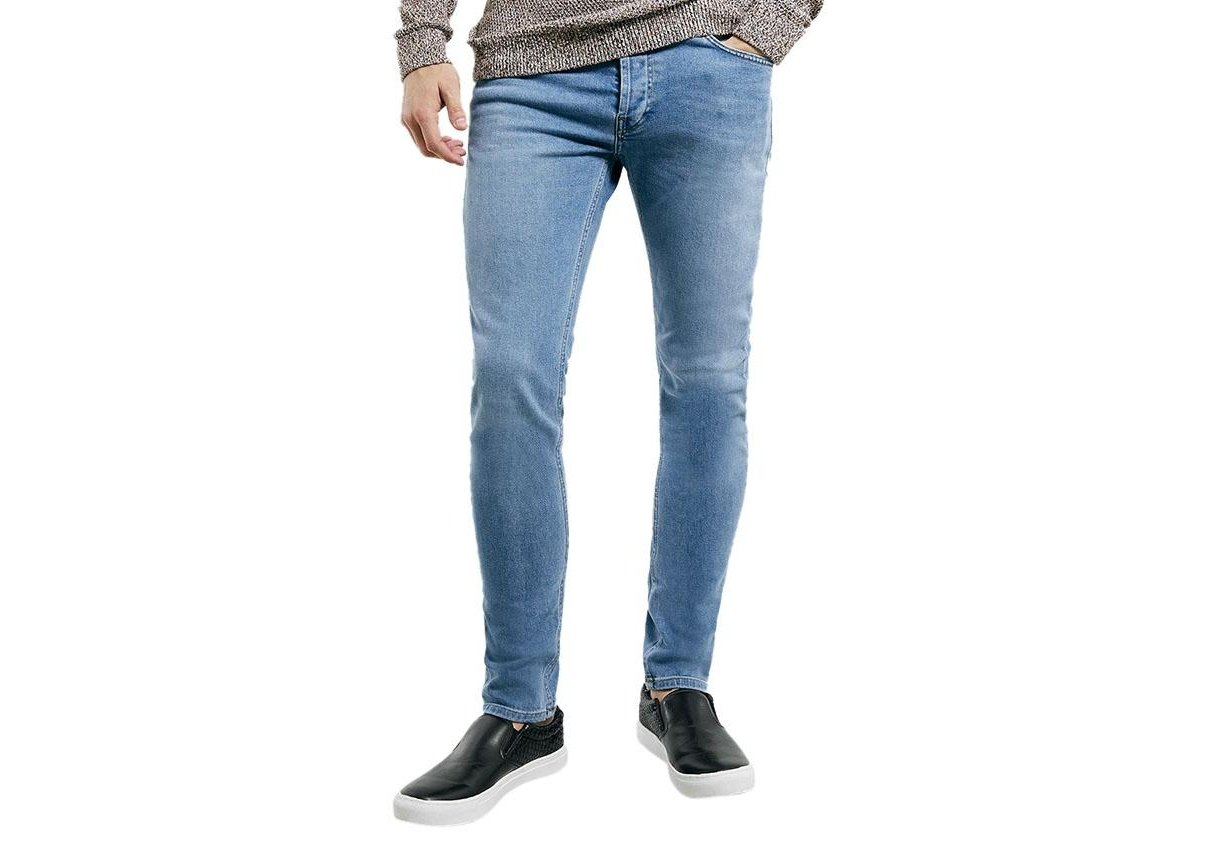
Ice Blue Skinny Denim Jeans For Men
Slim Cut: The slim cut is the slightly looser version of the skinny jean. The width of the leg tapers from the thigh to the ankle. This style is perfect for men who don’t want skin-tight skinny jeans but like the slim and trim look. Better for slim-to-medium legs.
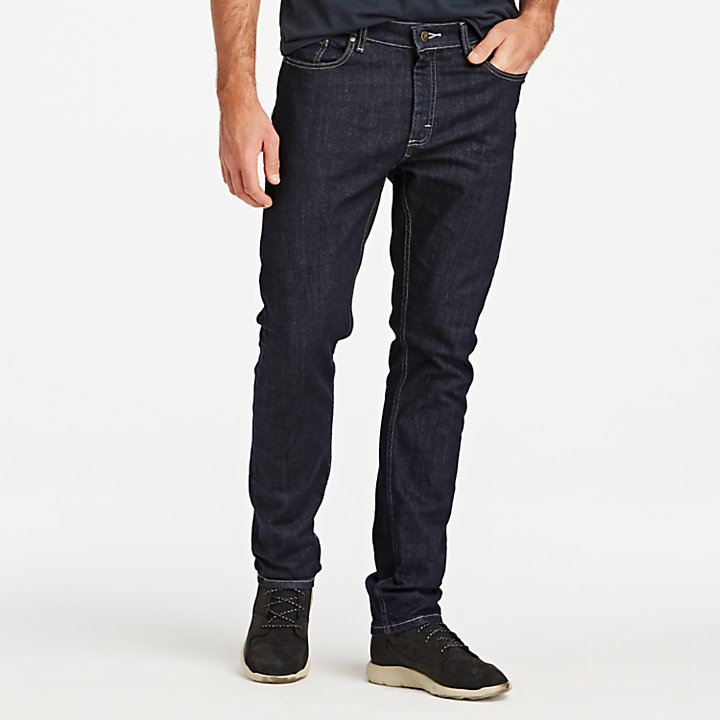
Indigo Color Slim Cut Denim Pant for Men
Tapered: This may remind you of jeans from the ’80s, but in fact, the tapered cut can be very flattering for certain body types. It’s a little bit looser cut than the slim cut, but it still features a tapered leg that mirrors the modern.
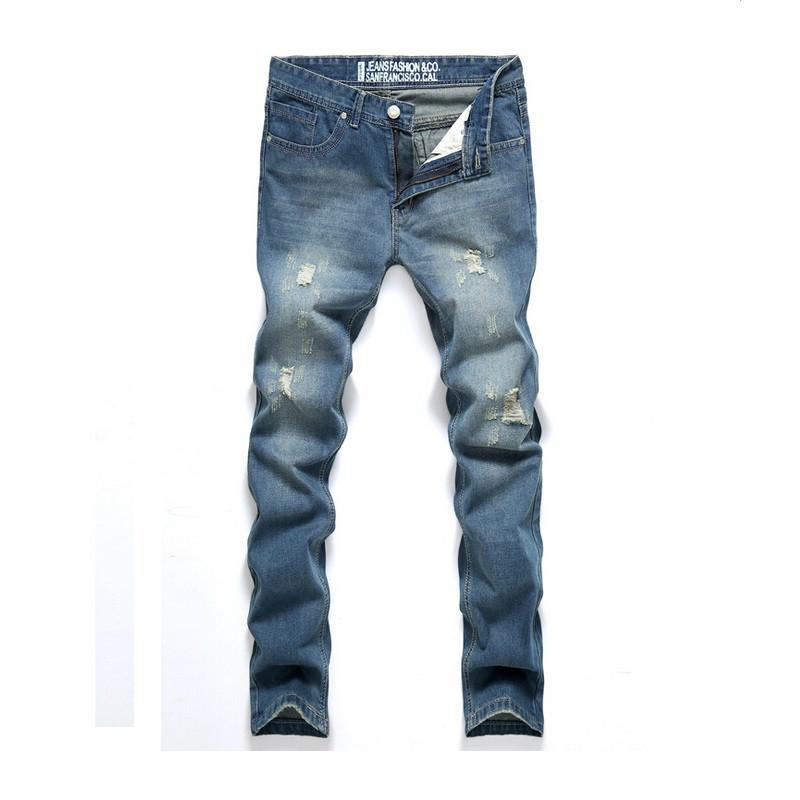
Tapped Shape Denim Jeans Pant For Men
skinny cut: This style is suited to men with bigger legs or thighs and who like the narrow ankle opening.
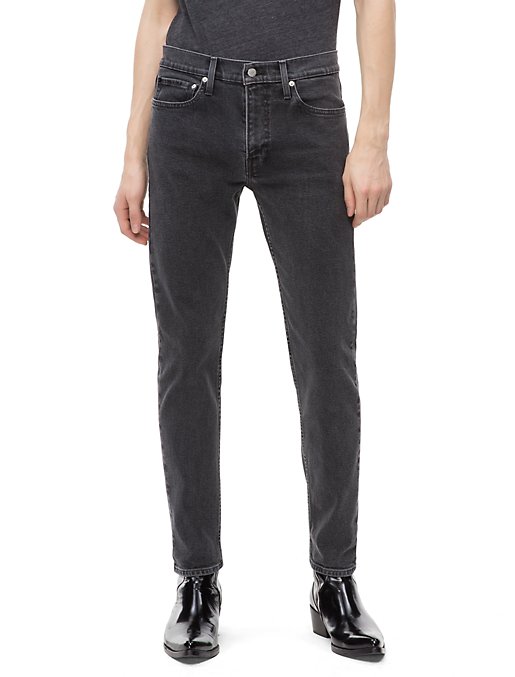
Black Skinny Cut Denim Jeans Pant For Men
Straight: This jean features the same width from the top to the bottom of the leg. It is great for men who like a classic look, or don’t want to change the cut of their jeans as the trends change. Suited for men with bigger legs but maybe too baggy for thinner legs.
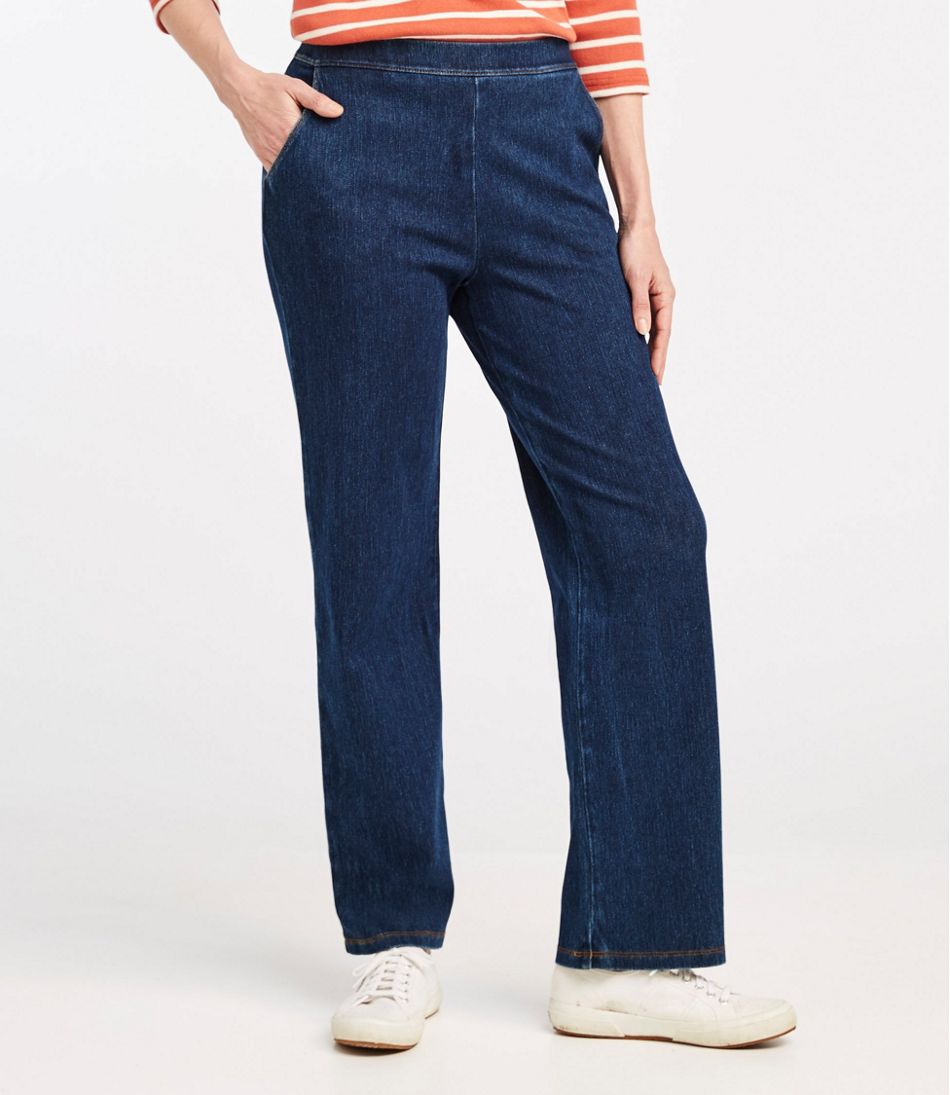
Straight Shape Denim Jeans Pant for Women
Boot cut: Boot cut jeans are straight through the thigh and slightly flared at the ankle. Originally they were wide enough to pair with boots, hence the name, but these days boots are paired with nearly every cut of jeans. If you have muscular calves, then this cut might be for you.
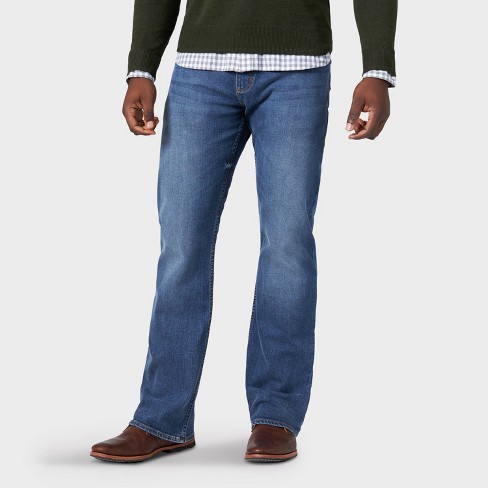
White Shade Blue Color Boot Cut Denim Pant for Men
The length of denim, much like the cut, is subject to the changing trends. While many men wear their skinny jeans at ankle length or even shorter, we think that like any pair of pants, the traditional approach is length is the best. For example, both overly long and overly short will disrupt the proportions of your pants to the rest of your body, and the result can look odd. Since you can buy denim based on waist size as well as an inseam, it’s typically easier to get a pair of denim to fit off the rack. If they don’t fit off the rack, does that mean you should hem your jeans? The answer is yes. Aim for a no-break to a half break on the shoe. Narrow cuts can be worn shorter, but no shorter than the ankle to preserve the proportions of the leg to the body.
Color, Wash & Fading:
Denim comes in a mind-boggling array of colors, mostly blue shades, and not all jeans are blue. Even though every color under the sun is now available, if you are interested in a classic look, then we suggest you stick with a traditional shade of blue denim. The color of the denim can also be indicated by the wash or the overall finished look of the colored denim.
Fading will occur naturally to denim over time, but many companies will offer pre-faded options. Though there are endless ways to fade jeans, there are four main styles of intentional fading:
- Whisker Fade: These are streaks of fading that usually surround the groin area.
- Train Track Fade: Located on the outset, these are a fade that promotes the selvage that creates the outer seams by creating two distinct fades that look similar to train tracks.
- Honeycomb Fade: These are the faded lines that occur naturally behind the knee cap over time. They can be added for a more broken-in look to new denim. These lines get more pronounced as the jeans age and will look better with less washing.
- Stack Fade: Stacks are created by hemming the inseam a few inches longer than the leg. This causes the jeans to stack up on the shoe and creates a fade throughout the lower leg. This fade isn’t recommended because the extra material around the shoe looks sloppy.
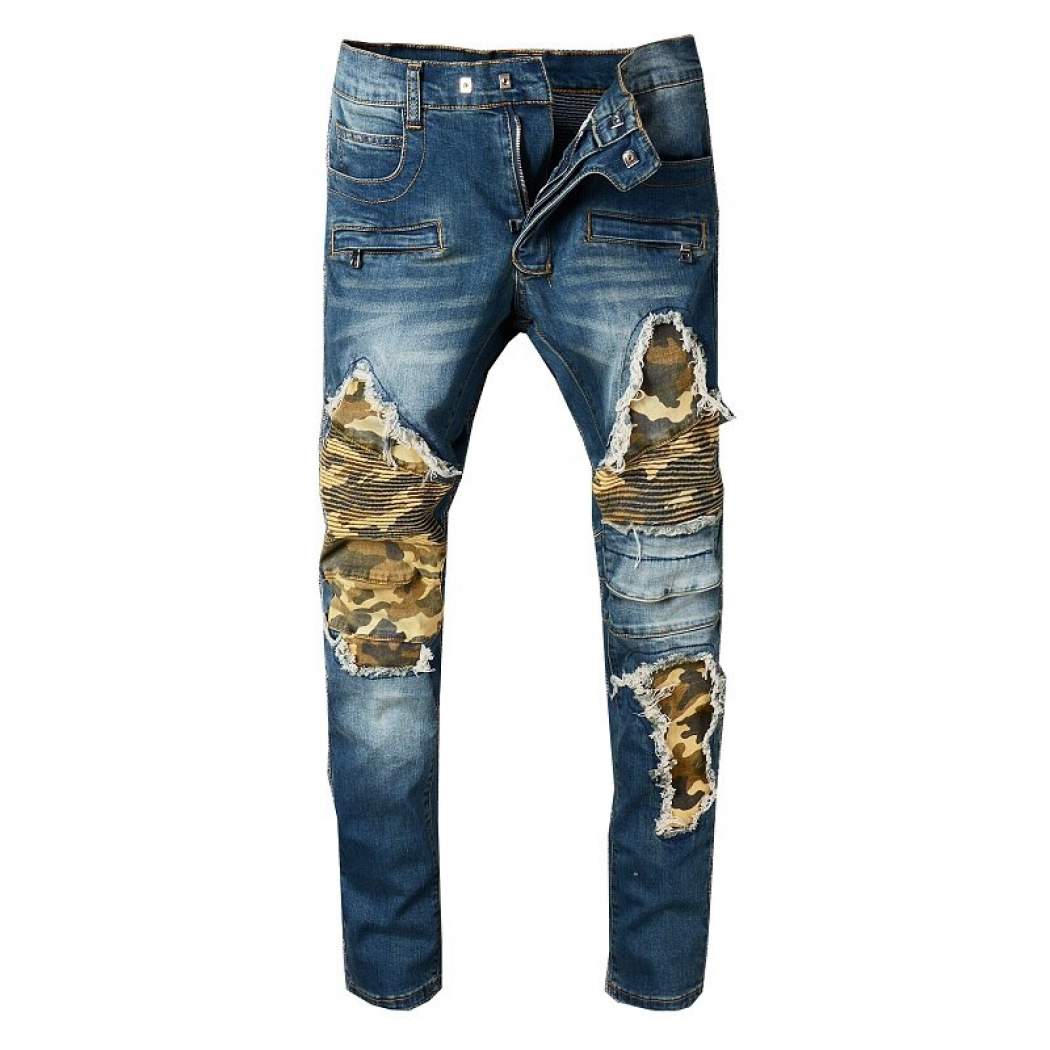
Luxurious Ripped Denim Jeans Pant For Men
We recommend either letting your jeans fade naturally or choosing new denim with slight fading. Fading is a popular method of altering denim to create new trends, so highly faded denim will quickly go out of style. Any denim that has been faded more than a few shades from the original color will look harsh and is less likely to be wearable for the long term.
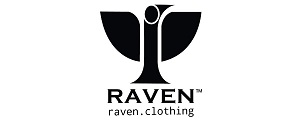
Leave a Reply